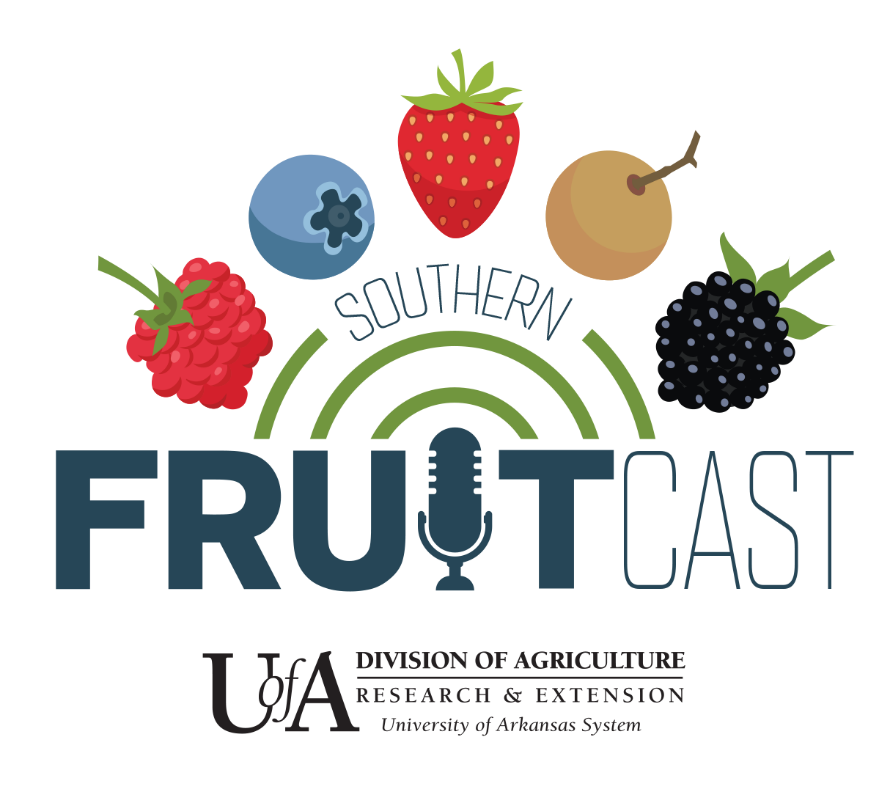Muscadines
Muscadine articles written by members of the Southern Region Small Fruit Consortium. More information on Muscadine crops.
-

Dr. Aaron Cato, IPM Specialist, University of Arkansas The Southern Region Small Fruit Consortium is an expansive source for unbiased information and news for small fruit growers and county agents across the Southeast. The consortium’s website features production and IPM guides that are updated yearly by specialists across the region, webinars relating to a plethora…
Posted in: Summer 2020 -

Dr. Phil Brannen, Extension Fruit Disease Specialist, Plant Pathology, University of Georgia Many of the fungicides utilized for Botrytis management are no longer efficacious due to resistance development in this fungus. Now is a great time to collect Botrytis samples for fungicide-resistance testing. While the funds last, Botrytis resistance testing is free for wine grape…
Posted in: Summer 2020 -

Xiaonan Shi (M.S.), Small Fruits Research and Extension Group, Department of Horticultural Science, NC State University.Mark Hoffmann, Small Fruits Extension Specialist, Department of Horticultural Science, NC State University. Muscadine grapes are native to the southeastern region of the United States. Commercial muscadine plantings in the South can be found in the states of North Carolina,…
Posted in: Summer 2020 -

Emma Volk, Research Technician, Small Fruits Research and Extension Group, NC State University.Mark Hoffmann, Small Fruits Extension Specialist, Department of Horticultural Science, NC State University. The muscadine industry in North Carolina is highly diverse and can be generally split into two large areas: commercial processing (wine production) and fresh-market sales. Those two areas contribute probably…
Posted in: Summer 2020 -
Compiled by Mark Hoffmann, NC State University The main muscadine chores for the rest of the year 2019 are: finish harvest, soil testing, scouting for damages, disease control, prepare pruning. OCTOBER 2019 Harvest: We had a year with exceptional high yields, and some varieties were producing for a longer period of time, and more fruit…
Posted in: Fall 2019 -
Compiled by Mark Hoffmann, Small Fruits Extension Specialist, NC State University, Raleigh JUNE – SEPTEMBER (Post-fruit Set – Veraison – Harvest) The main muscadine chores for this summer are: canopy management, weed management, disease and insect control and frequent scouting of your vineyard (minimum once a week) for insect, disease and environmental problems. Canopy Management:…
Posted in: Summer 2019